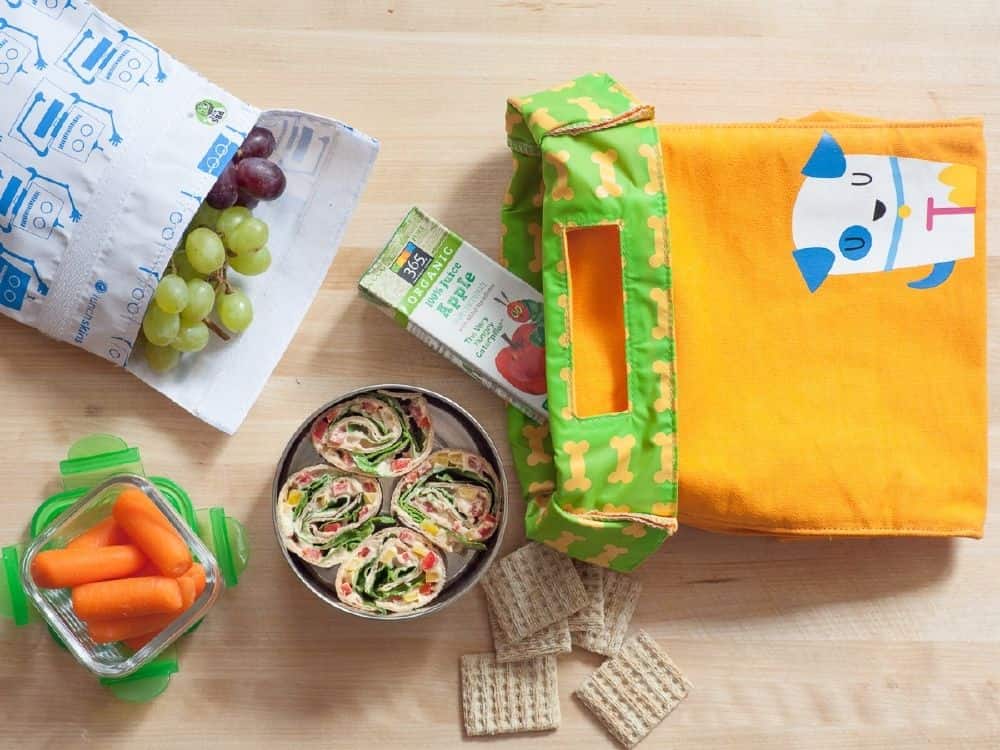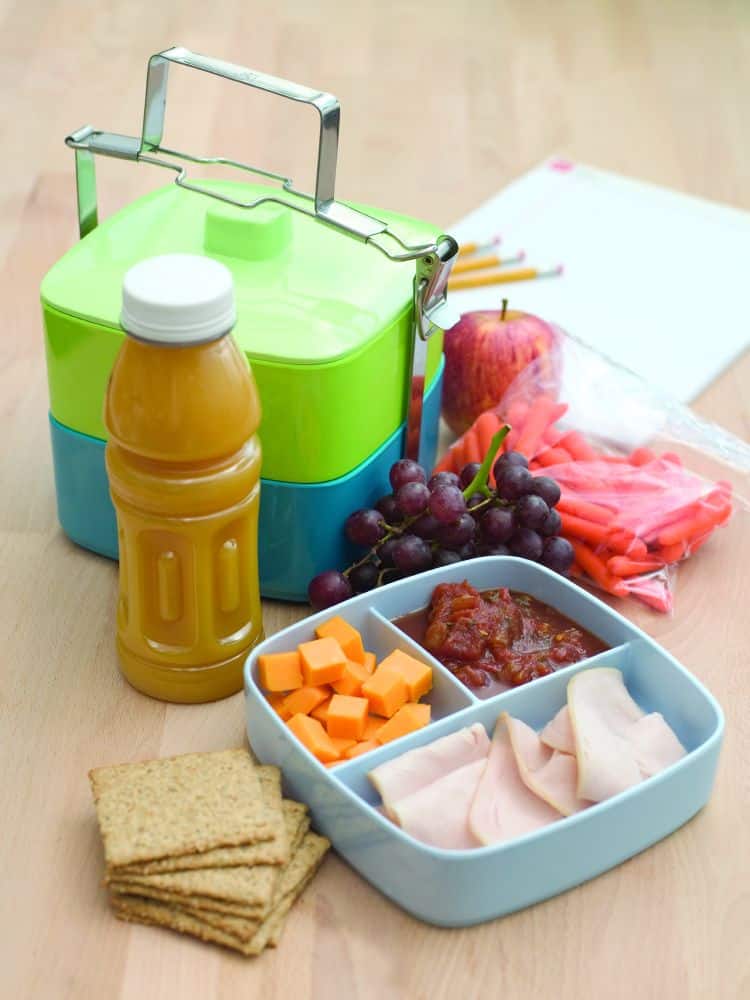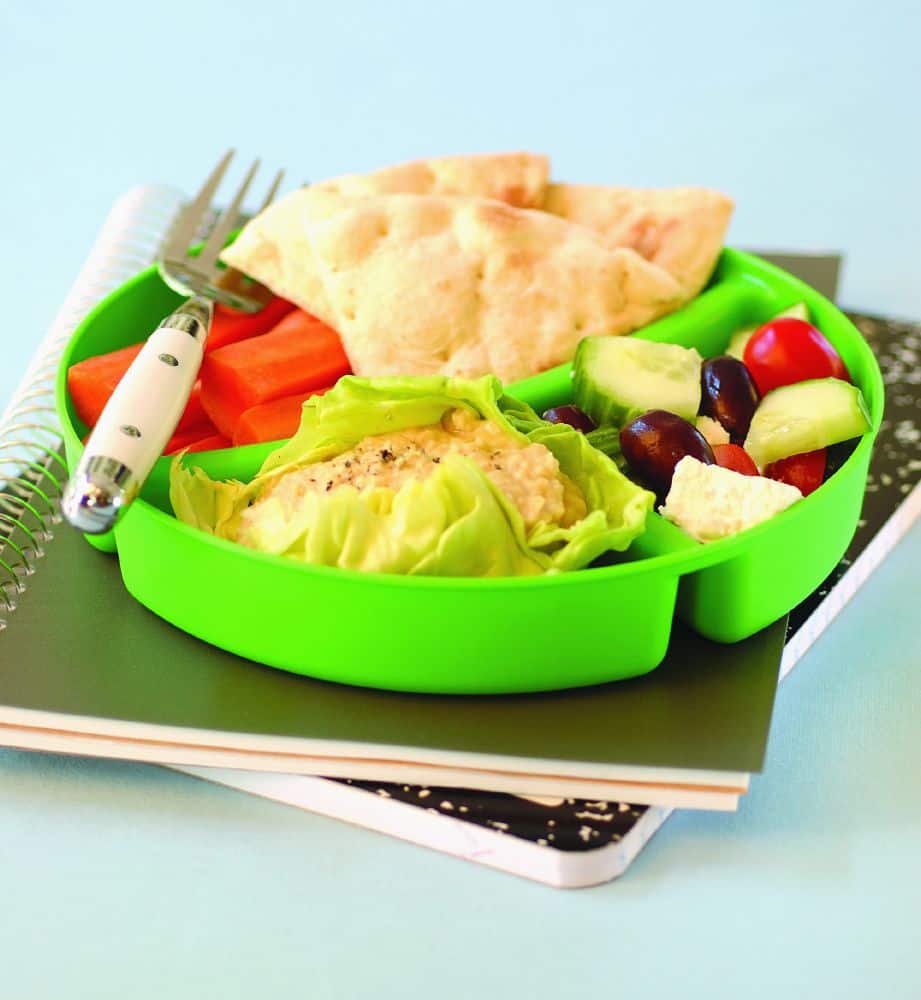1. Create an Edible Education
The more children know about and feel connected to food, the more curious they become about how things grow and taste — and the more willing they are to try new foods. In fact, many school food service directors treat the cafeteria as a classroom. At home, get your child engaged by giving them a voice and the opportunity to participate. Invite them to help plan one lunch a week (or more!) and encourage them to help make the meal by reading the recipe or cutting, measuring and assembling ingredients.
2. Offer Variety & Reinforce Choice
Variety is a key component of healthy eating. School food service workers know all about the tough balance between making kids comfortable and inspiring them to consider new foods. But they’ve also learned that if you give kids good choices, kids will make good choices.
Lunch is a great time to introduce something new. This means both trying new foods and rotating the foods and type of foods you are eating. Keep in mind, when you introduce something new, don’t force it. When you continually expose kids to different flavors, they will eventually learn to eat (and enjoy!) a lot of new things.
Looking for new ways to introduce new foods and promote variety? Create a bento box-style lunch, which naturally encourages variety. Think of the separate containers as opportunities to diversify — something savory, something naturally sweet, something crunchy. Experiment with a range of colors, textures and flavors. Or set out a salad bar at home for the whole family’s lunch with a focus on raw veggies and fruits. Add hummus and other dips, cheese, whole grain crackers, lunch meats and nuts. This will give your child the opportunity to try many new foods and provide choice. If you have extra raw veggies leftover, roast them for dinner.





